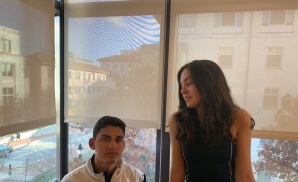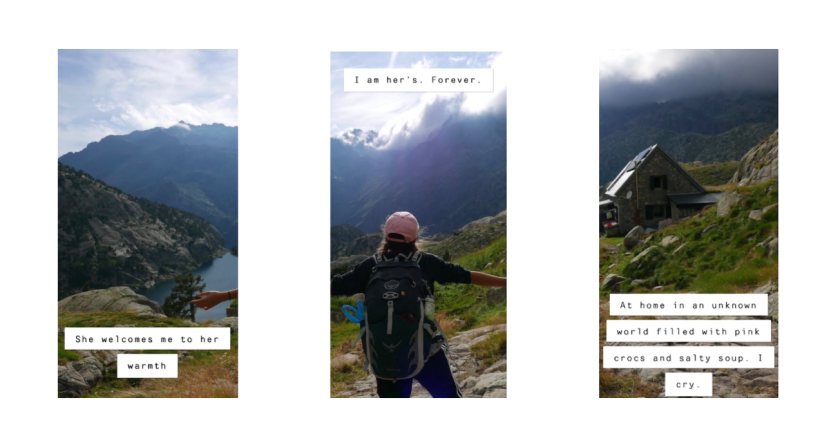Eye Drew A Diagram!

Introductory side note: I want to start this off by saying drawing this eye brought me right back to eighth grade. There was a phase in my life (yes I was one of those girls) where all I would do during class was sketch eyes. Slowly the subject matter changed to clothing…anyway, it felt familiar and silly and I wanted to share that.
On a more serious note, I thought an eye would encapsulate the most important thing I learned in this English class: I am a visual thinker and learner. I always knew I was good at memorizing visuals, but when we talked about the benefits of thinking visually as a part of the writing process, I wasn’t just skeptical, I brushed it right off thinking I knew that style of learning wasn’t for me. I was wrong. Drawing out my literacy narrative was immensely helpful in refocusing the story on what was important in my journey as a reader and writer. I was unable to do that in my alphabetic version when I attempted to edit the paper before drawing the comic. I am not sure if others had the same eye-opening experience as me, but I hope they did because that “ah hah!” feeling of understanding my brain a little better was so satisfying everyone should get to feel that. In my sketch, I labelled the different parts of the eye pertaining to which learning outcome they agreed with the most. The most important part was the diagram itself being an eye because of the sheer impact that visual images, thinking, learning, and tools have had on my experience in this class.












